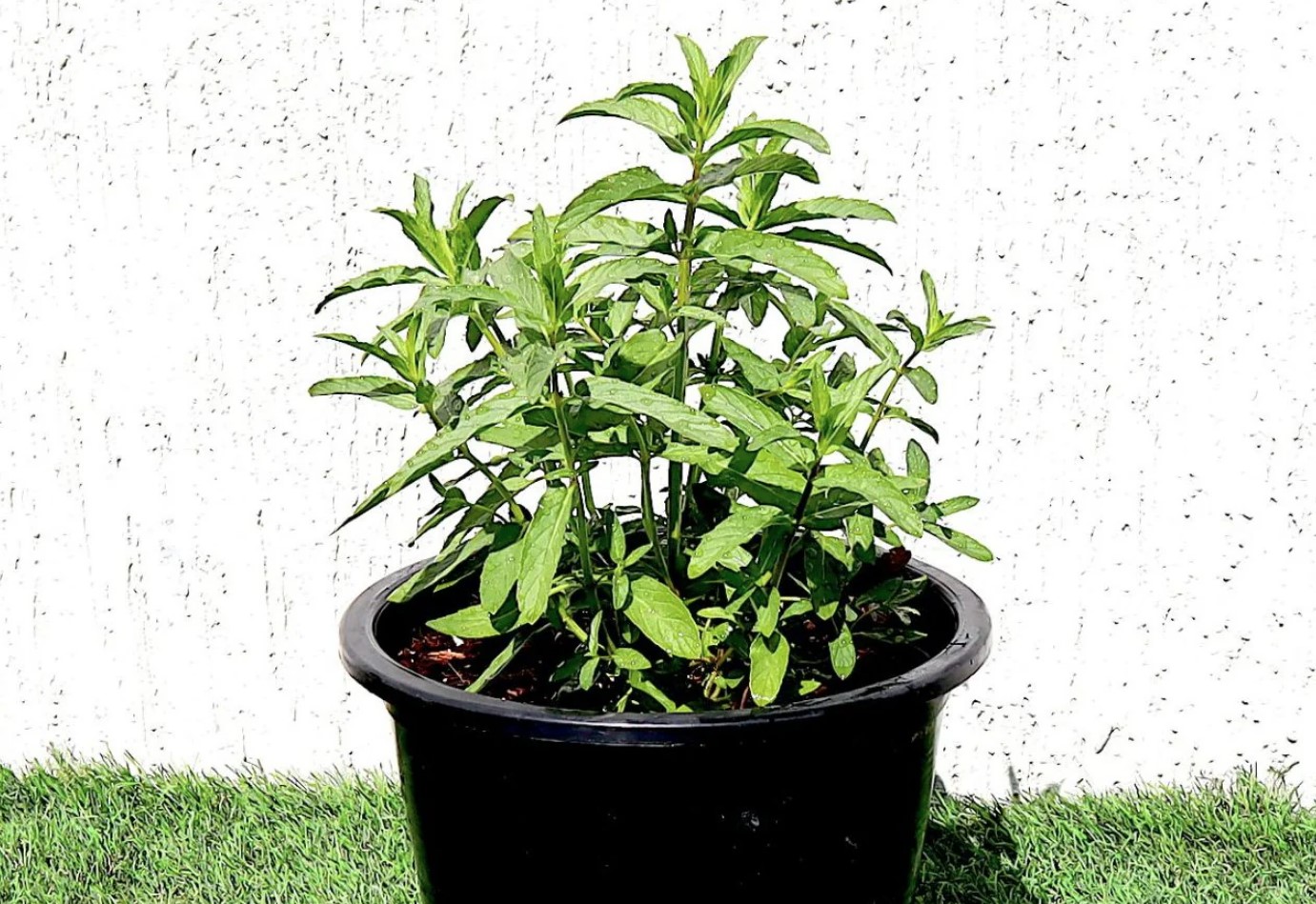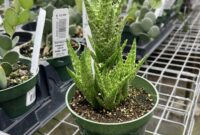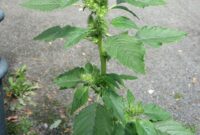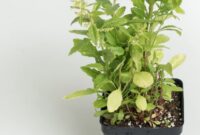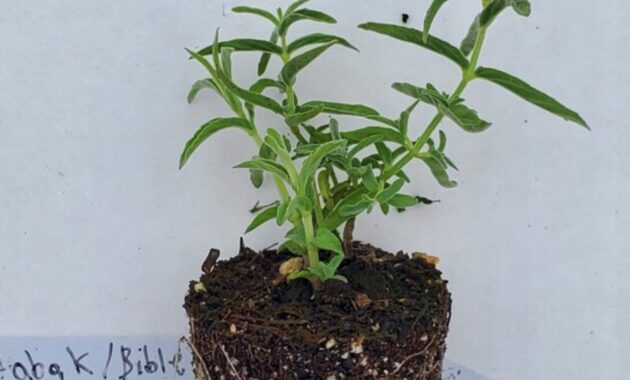
What is Mentha longifolia?
Mentha longifolia, commonly known as wild mint, is a perennial herb belonging to the Lamiaceae family. It is native to Europe, Asia, and North Africa and is widely cultivated for its aromatic leaves and medicinal properties. This versatile herb has been used for centuries in traditional medicine and culinary practices.
What are the medicinal uses of Mentha longifolia?
Mentha longifolia has a long history of use in traditional medicine. It is believed to possess various medicinal properties, including:
- Antioxidant: It contains potent antioxidants that help combat oxidative stress and protect cells from damage.
- Anti-inflammatory: It has anti-inflammatory properties that can help reduce inflammation and pain.
- Antimicrobial: It exhibits antimicrobial activity against various bacteria and fungi.
- Anticancer: Some studies suggest that Mentha longifolia may have anticancer properties.
- Digestive aid: It can help alleviate digestive issues like bloating, gas, and indigestion.
- Pain relief: It can be used to relieve pain, including headaches and muscle aches.
- Respiratory health: It can help soothe respiratory issues like cough and congestion.
How to Grow Mentha longifolia
Growing Mentha longifolia is relatively easy, and it can thrive in various conditions. Here’s a simple guide:
- Choose the right location: Select a sunny or partially shaded location with well-drained soil.
- Prepare the soil: Ensure the soil is rich in organic matter. You can add compost or well-rotted manure to improve soil fertility.
- Plant the herb: Plant the Mentha longifolia seedlings or cuttings in the prepared soil, spacing them about 12 inches apart.
- Water regularly: Water the plants regularly, especially during dry periods. Avoid overwatering, as it can lead to root rot.
- Fertilize: Apply a balanced liquid fertilizer once a month during the growing season.
- Harvest: Harvest the leaves as needed, preferably in the morning when the essential oil content is highest.
Mentha longifolia Care Guide
To keep your Mentha longifolia plants healthy and thriving, follow these care tips:
- Pruning: Prune the plants regularly to encourage bushy growth and prevent them from becoming leggy.
- Mulching: Mulch around the plants to conserve moisture and suppress weed growth.
- Pest and disease control: Monitor your plants for pests like aphids and diseases like powdery mildew. Treat infestations promptly with organic or chemical pesticides as needed.
- Winter protection: In colder climates, protect your plants from frost by covering them with mulch or moving them indoors.
Mentha longifolia Plant Uses
Mentha longifolia is a versatile herb with numerous uses:
- Culinary: The leaves can be used to flavor various dishes, including salads, soups, stews, and desserts.
- Herbal tea: The leaves can be brewed into a refreshing and soothing herbal tea.
- Essential oil: The essential oil extracted from the leaves is used in aromatherapy and various cosmetic products.
- Traditional medicine: It is used in traditional medicine to treat a variety of ailments.
Mentha longifolia vs. Peppermint
While Mentha longifolia and peppermint are both members of the mint family, they have distinct characteristics:
- Flavor: Mentha longifolia has a stronger, more pungent flavor compared to peppermint.
- Aroma: Mentha longifolia has a more herbaceous and camphorous aroma.
- Medicinal properties: Both herbs have similar medicinal properties, but Mentha longifolia is often preferred for its stronger therapeutic effects.
Health Benefits of Mentha longifolia
Mentha longifolia offers a range of health benefits, including:
- Improved digestion: It can help alleviate digestive issues like bloating, gas, and indigestion.
- Boosted immunity: It can help strengthen the immune system and protect against infections.
- Reduced stress and anxiety: It has calming properties that can help reduce stress and anxiety.
- Better sleep quality: It can promote better sleep by reducing restlessness and insomnia.
- Pain relief: It can help alleviate pain, including headaches and muscle aches.
- Skin health: It can be used to soothe skin irritations and promote healthy skin.
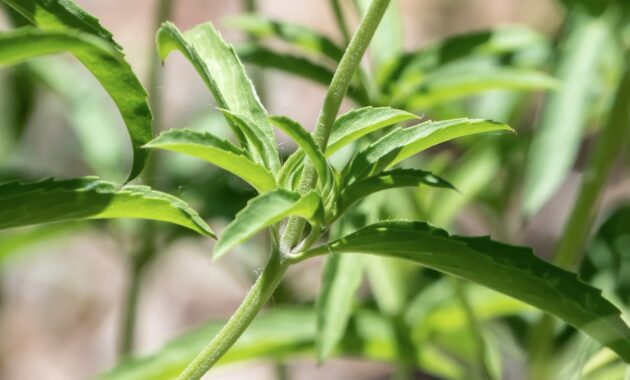
Mentha longifolia in Traditional Medicine
Mentha longifolia has been used in traditional medicine systems like Ayurveda and Unani for centuries. It is believed to have various therapeutic properties, including:
- Antioxidant: It helps protect cells from damage caused by free radicals.
- Anti-inflammatory: It reduces inflammation and pain.
- Antimicrobial: It fights against bacteria and fungi.
- Digestive aid: It improves digestion and relieves
Mentha longifolia Culinary Uses
Mentha longifolia is a delightful addition to various culinary dishes. Its unique flavor profile, a blend of mint and spearmint, can elevate the taste of your meals. Here are some popular culinary uses:
- Herbs: The fresh leaves can be used as a garnish for salads, soups, and stews.
- Infusions: The leaves can be infused into tea, providing a refreshing and soothing beverage.
- Sauces and Dressings: The leaves can be added to sauces and dressings to impart a fresh and minty flavor.
- Cocktails: The leaves can be used to flavor cocktails, adding a unique twist to your drink.
- Desserts: The leaves can be used to flavor desserts like ice cream, sorbets, and cakes.
Mentha longifolia Plant Identification
Mentha longifolia is a perennial herb that typically grows up to 3 feet tall. It has square stems, lance-shaped leaves with serrated edges, and small, purple or pink flowers that bloom in the summer. The leaves are aromatic and have a distinct minty fragrance.
Mentha longifolia Habitat and Distribution
Mentha longifolia is native to Europe, Asia, and North Africa. It thrives in moist, shady areas, such as riverbanks, ditches, and wetlands. It is widely cultivated in many parts of the world for its medicinal and culinary uses.
Organic Mentha longifolia
Organic Mentha longifolia is grown without the use of synthetic pesticides, herbicides, or fertilizers. It is a more sustainable and environmentally friendly option.
Mentha longifolia Soil and Sunlight Requirements
Mentha longifolia prefers well-drained, moist soil that is rich in organic matter. It can tolerate partial shade but thrives in full sun.
Mentha longifolia Plant Propagation
Mentha longifolia can be propagated through various methods, including:
- Seed propagation: Sow the seeds in spring in a seed tray filled with moist compost.
- Stem cuttings: Cut stem cuttings of about 6 inches in length and plant them in pots filled with moist compost.
- Division: Divide the mature plants in spring or autumn.
Mentha longifolia Harvesting and Drying
Harvest the leaves of Mentha longifolia in the morning when the essential oil content is highest. You can use the leaves fresh or dry them for later use. To dry the leaves, spread them on a drying rack in a warm, dry place.
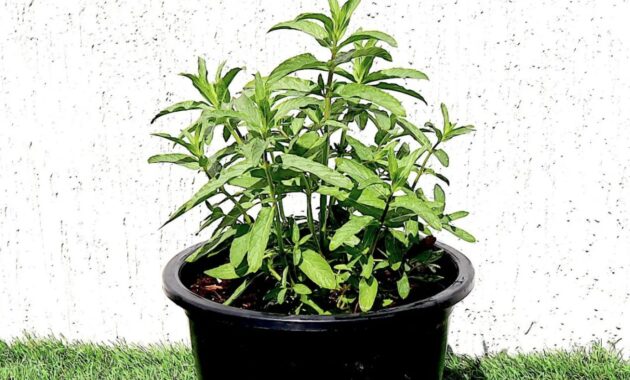
Mentha longifolia in Home Gardening
Mentha longifolia is a great addition to any home garden. It is easy to grow, low-maintenance, and can provide you with fresh herbs throughout the year. Here are some tips for growing Mentha longifolia in your home garden:
- Plant it in a pot: If you have limited space, plant Mentha longifolia in a pot. Choose a pot with drainage holes and fill it with well-draining potting mix.
- Water regularly: Water the plants regularly, especially during dry periods.
- Fertilize: Apply a balanced liquid fertilizer once a month during the growing season.
- Harvest regularly: Harvest the leaves as needed to encourage new growth.
Conclusion
Mentha longifolia is a versatile herb with numerous benefits. It can be used for culinary, medicinal, and ornamental purposes. Whether you are a seasoned gardener or a beginner, growing Mentha longifolia is a rewarding experience. So why not give it a try and reap the benefits of this wonderful herb?
FAQs
- Can I use Mentha longifolia to make herbal tea?
Yes, you can make a refreshing and soothing herbal tea using Mentha longifolia leaves. Simply steep the leaves in hot water for a few minutes. - Is Mentha longifolia safe for consumption?
Yes, Mentha longifolia is generally safe for consumption when used in moderation. However, it is important to consult with a healthcare professional before using it for medicinal purposes, especially if you are pregnant, breastfeeding, or have any underlying health conditions. - Can I grow Mentha longifolia indoors?
Yes, you can grow Mentha longifolia indoors in a pot. Place the pot in a sunny location and water it regularly. - How long does it take for Mentha longifolia to grow?
Mentha longifolia can grow quite quickly, especially in warm weather. You can expect to harvest the leaves within a few months of planting. - Can I use Mentha longifolia to repel insects?
Yes, Mentha longifolia has insect-repelling properties. You can plant it around your garden to deter pests like mosquitoes and flies.
